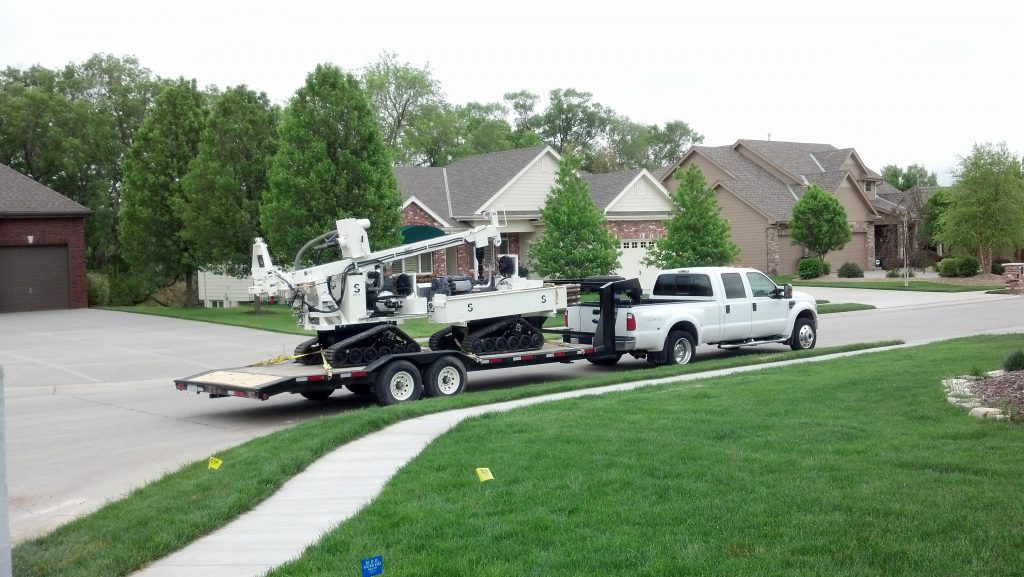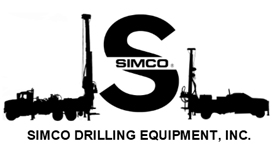In the United States, most people have access to treated drinking water through their municipal water works department. But more and more people are looking to their own water sources as their confidence in the safety of city water sources drops and the costs associated with it keep going up. Private water well drilling is becoming a more common call for many drilling companies around the country. The idea of dropping that monthly water bill and having more control over the safety of your drinking water is increasingly more appealing. And with the significant tax credit options offered by many states and the federal government for homeowners who have a well installed on their property, demand for private water supply wells is growing.

After the Flint, Michigan disaster, people all over the country want more control over their water supply and are willing to take on the responsibility of maintenance and water safety testing. It’s important for drilling companies to do their research before performing the job to assess the structural geology of the proposed drill site and any known local community water issues. Private water supply wells will fall mainly into four categories: drilled or cased wells, bored or augered wells, driven or sandpoint wells and hand dug wells.
- Hand-Dug wells aren’t very common in today’s day and age in the United States. The time and energy required is impractical and is no longer permitted on new construction. They can still be found on properties built before 1940 and are largely lined with brick, wood or field stone, and are not recommended for drinking water.
- Bored or augered wells are more common in areas where glaciers once rested and where aquifer thickness is insufficient for a drilled well to meet the normal needs of a household. They are also known as seepage or cistern wells and are commonly up to 48 inches in diameter.
- Driven or sandpoint wells are found most often in river basins and low-lying areas by streams or rivers. They are created by driving short lengths of pipe covered with a screen into a shallow sand and gravel aquifer. Because the water source is mainly shallow groundwater, this isn’t a reliable source of drinking water.
- Drilled or cased water wells are the most common. Used by farms, light commercial operations and rural homes, these wells are designed to draw water from aquifers in settings with protection from shallow groundwater and surface water. It’s not uncommon in Iowa to find industrial drilled wells running up to 2000 feet deep.
SIMCO Drilling Equipment has been providing the best tools for drilling jobs all over the world for more than 4o years, facilitating construction of water wells, general infrastructure and geothermal heating and cooling systems. If you are looking for environmentally-friendly options in your home, the water well drilling rigs from SIMCO can meet your needs.



